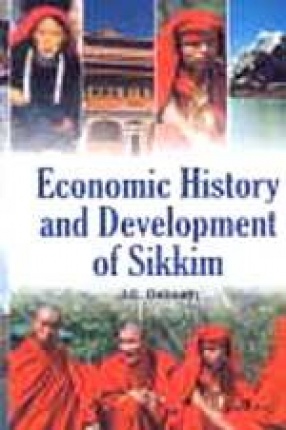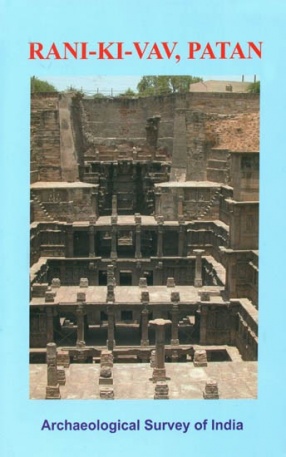In the study it has been seen that the economy of Sikkim has the twin characteristics of traditional and a modern economy. So far as the former is concerned it is mostly shaped and influenced by natural, mainly geographical and cultural factors. Being completely a hilly economy and having climatic conditions ranging from subtropical to Alpine Zones within a span of 80 miles and having similar diversity in rainfall, the country has not yet been able to evolve a stable and viable economy. On the other hand, cultural factors also inhibited the growth of the economy. The Lepcha-Bhutia Culture having its roots in the Tibetan brand of Buddhism is a culture of asceticism. Abstinence and denouncement of the material world in pursuit of spiritual goals. The social and religious customs, land tenure system, political set-up as well as administrative machinery were all the byproducts of that culture and were intertwined in such a manner that the penetration of economic modernism was practically impossible until very recently. So far as the modern economy of Sikkim is concerned it has not yet been able to wipe out the traditional one, but has rather emerged out of the latter and both are still living side by side. Though the seeds of modernism were sown long ago when the First British Political Officer was appointed to administer Sikkim in 1889 very little was done to break the vicious circle of the old traditional economy. Only after the introduction of development plans in 1954 was there a major blow to the existence of the old economic set-up and we can say that the "take-off" started at that time. At present the economy is pushing forward with great momentum and it is expected that within a few years Sikkim will have a completely modern economy.
Rani-Ki-Vav, Patan
$13.50
$15.00





There are no reviews yet.